Princeton Students Are Living in a Construction Zone
‘Though sustainability and state-of-the-art buildings are Princeton’s future, reduced accessibility and noise pollution are its present’
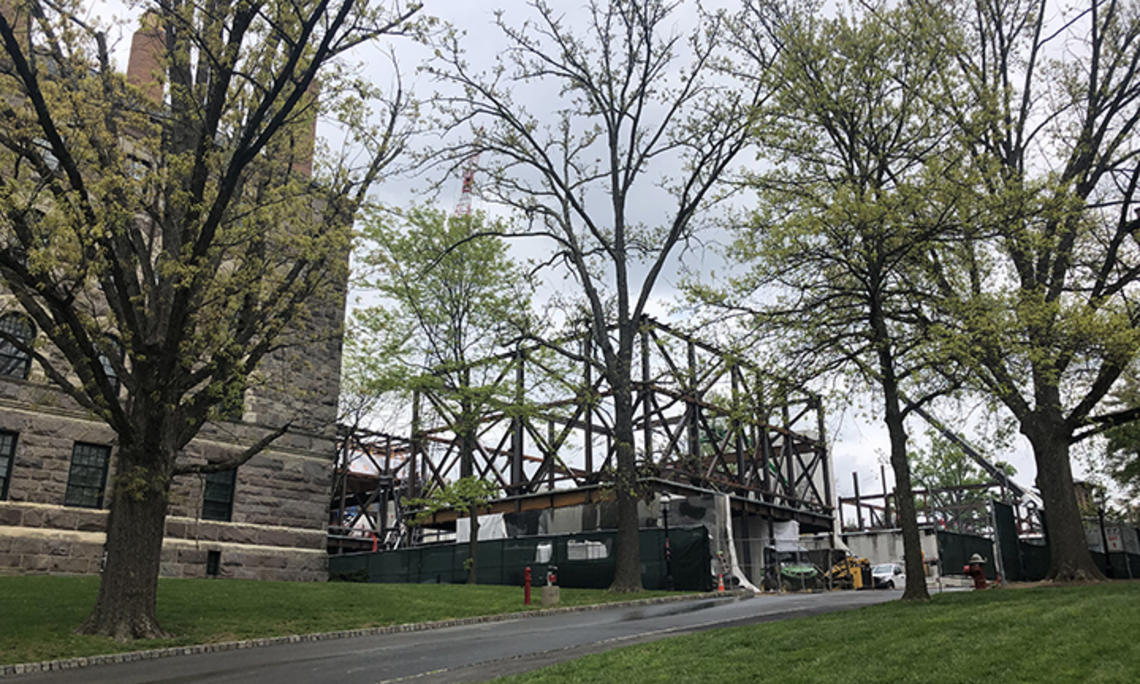
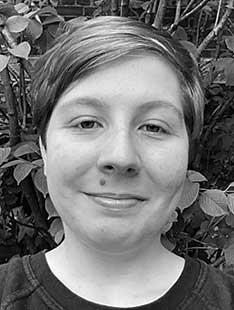
I woke up peacefully in my Patton Hall dorm room at 7 a.m., surprised by the strange quiet from the steam-to-hot-water conversion site just outside my window. Then I realized I did hear the crash of construction right outside — in fact, that was what woke me up. I’d just gotten so used to the noise that I’d learned to tune it out.
Last year, I lived in First College’s 1938 Hall, which is now a pit in the construction site for the new home of University Health Services. This year, I’ve watched cranes park outside my window, nearly face-planted into unexpected detour signs, and hopscotched across temporary plastic pathways to the Neuroscience Institute. Though sustainability and state-of-the-art buildings are Princeton’s future, reduced accessibility and noise pollution are its present.
“I’ll be walking by, talking to someone on the phone,” said Naomi Frim-Abrams ’23, who currently lives in Spelman, “and then I’ll be like, ‘Wait, sorry, one second, I can’t hear anything,’ as I walk past the largest garage band of construction noises.”
While Frim-Abrams’ dorm evades the worst noise, detours on her everyday routes are unavoidable. Of the 11 active projects listed on the University’s Construction at Princeton page, students most commonly bring up the new art museum, Hobson College, and the steam-to-hot-water-conversion sites. All of these run right through the center of campus — straight past dorm buildings and popular paths to class.
“I’m a commuter from New York City, and sometimes I just don’t know how to get to the Dinky,” said the Rev. Alison Boden, dean of religious life and of the Chapel. Her office in Murray-Dodge has a perfect view of the new art museum’s construction, from its scaffolding to the beginnings of interior rooms.
But Boden views the museum construction as a learning experience and an exciting prospect for the future of campus. Though she initially worried the noise might interrupt religious activities in Murray-Dodge, the break on weekends has allowed meditative programs to continue mostly uninterrupted.
“It’s been fun to look at this go up,” said Boden. “Sometimes we’re treated to colorful language [from crews at the construction site] but that doesn’t bother me. I think it’s kind of funny.”
Jack Green ’24, an architecture certificate student with a strong interest in construction, is also optimistic. He feels the University’s current projects, especially the steam-to-hot-water conversion, are a step in the right direction for sustainability.
“It’s a sign of a prosperous university. Construction doesn’t happen during bad times,” said Green. As a junior, he did miss out on the art museum — which closed in 2020 and will reopen after he graduates — but he feels the benefits of construction outweigh the drawbacks. “I’m proud of it as a member of the University community, and I’m very proud that the University is doing so much with sustainability.”
At the moment, ever-shifting detours may pose a short-term accessibility problem for students with disabilities. Naomi Hess ’22, a young alumni trustee who uses a wheelchair, mentioned slight difficulties when returning for visits but remained excited about future projects.
“It’s definitely noticeable how much construction there is this school year, and in a wheelchair it definitely makes navigation harder. But it’s for a very good cause,” said Hess. She noted her opinions are her own, and don’t represent the Board of Trustees. “I think the new residential colleges will be great. In terms of accessibility, they’ll be fully accessible for everyone.”
Faculty and staff in buildings adjacent to the art museum site — including Boden — attend monthly Neighborhood Committee meetings to receive updates on the project’s timeline. Students don’t receive the same information stream, but they can access detour updates through the University website. The page currently lists eight detour routes, five of them clustered near Frist.
“I’m thinking back to last year. I was living in Scully Hall,” said Frim-Abrams, describing a picnic area on the lawn outside where she lounged in a hammock, ate meals, and studied. “It makes me sad walking around campus and knowing those memories are disappearing along with the areas that are being torn up.”
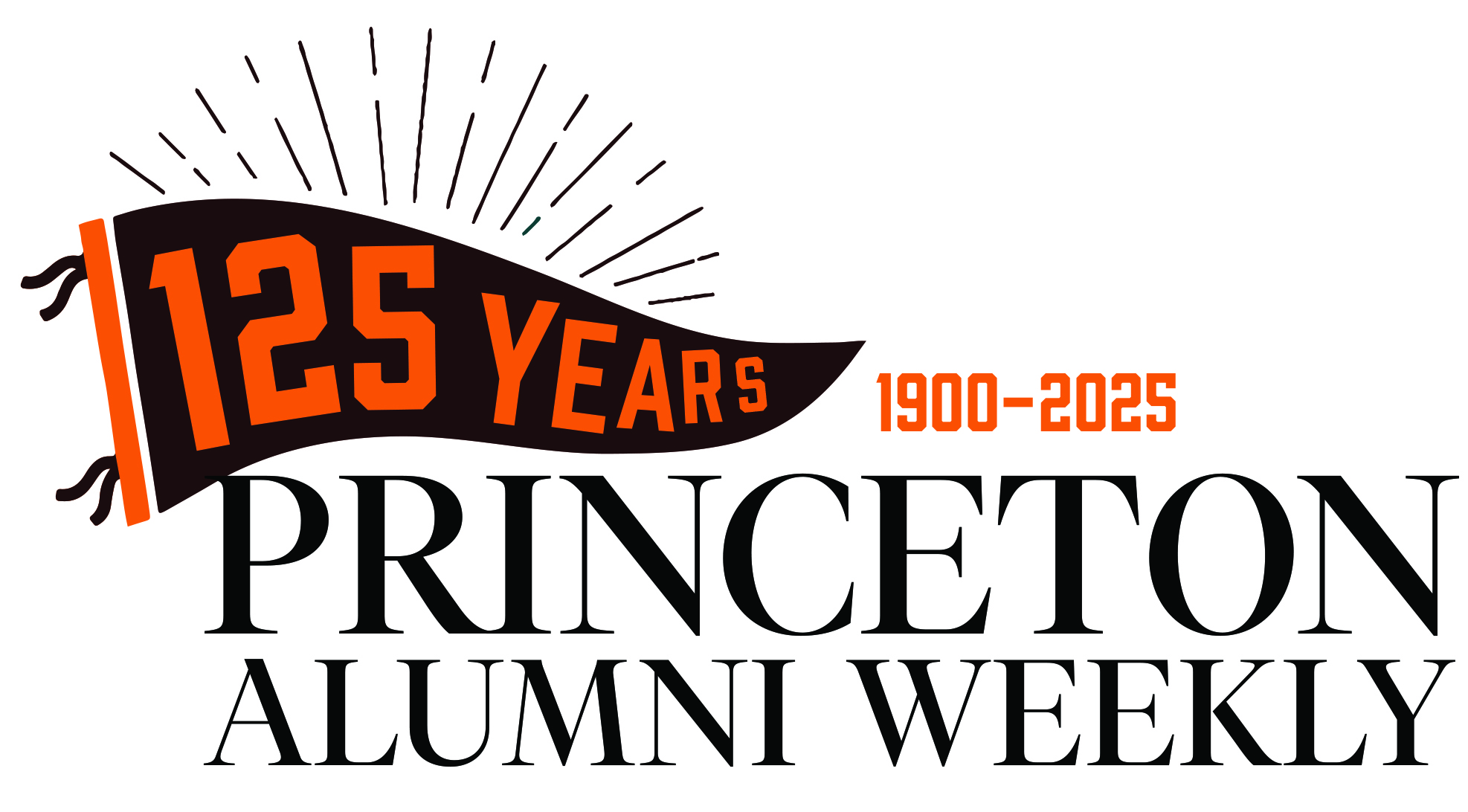

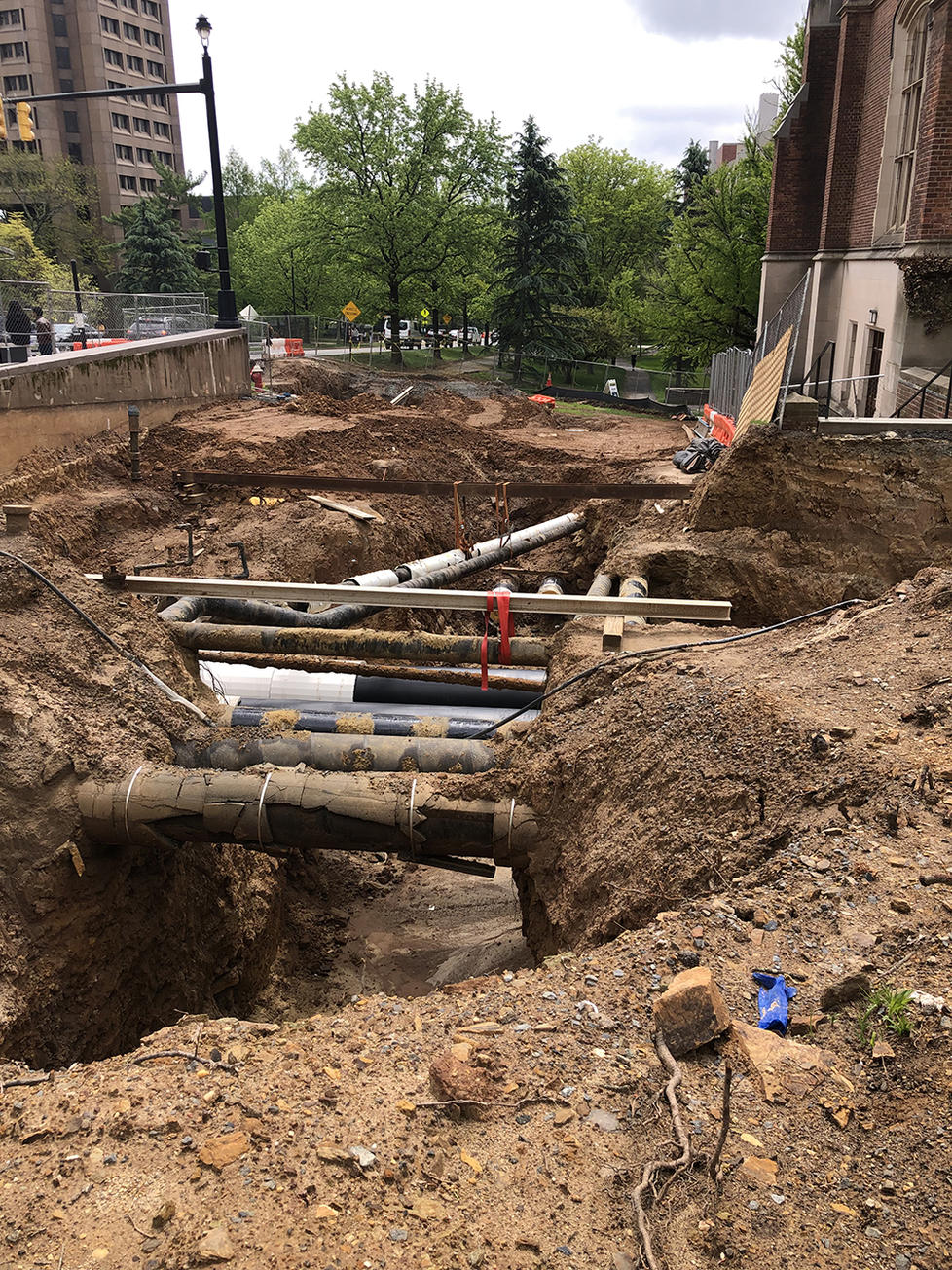






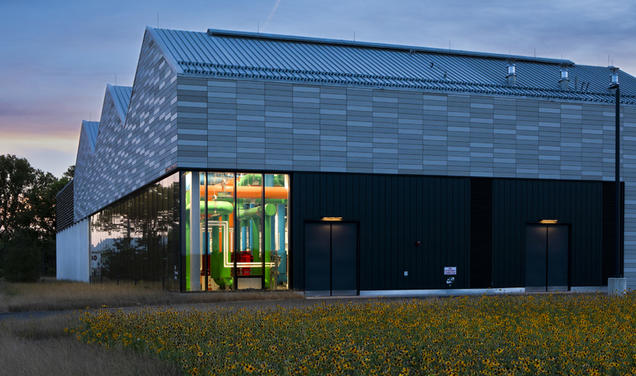
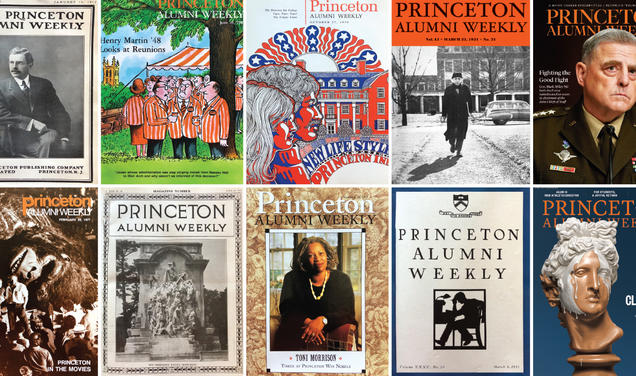

0 Responses